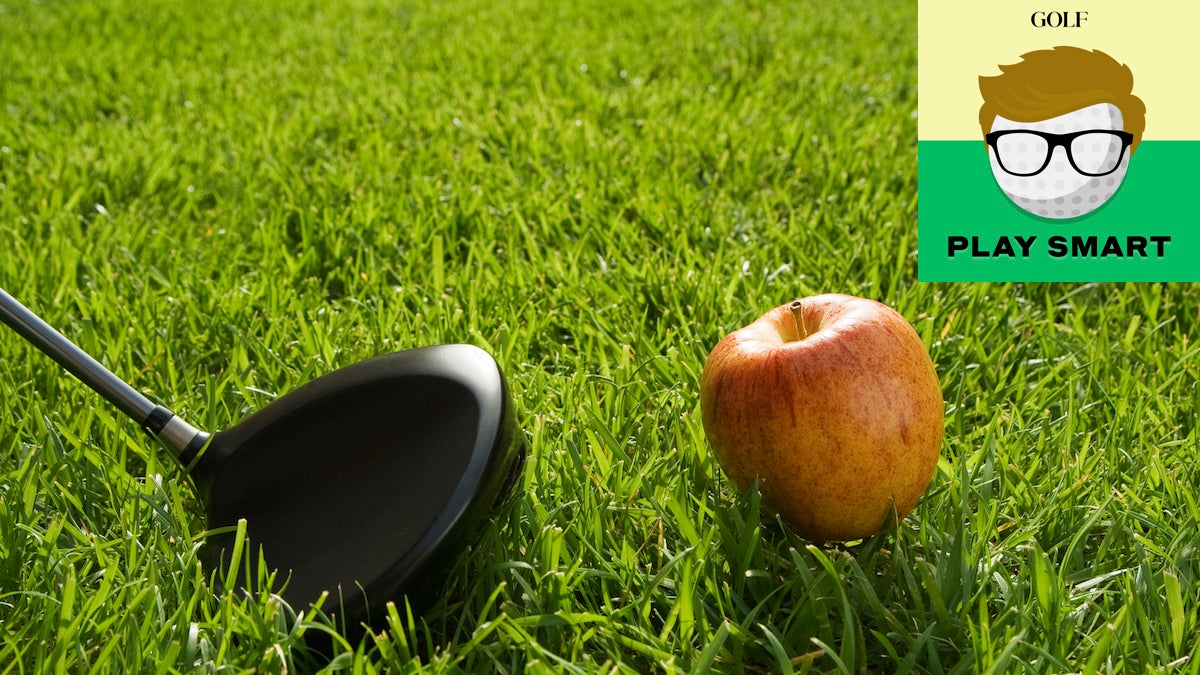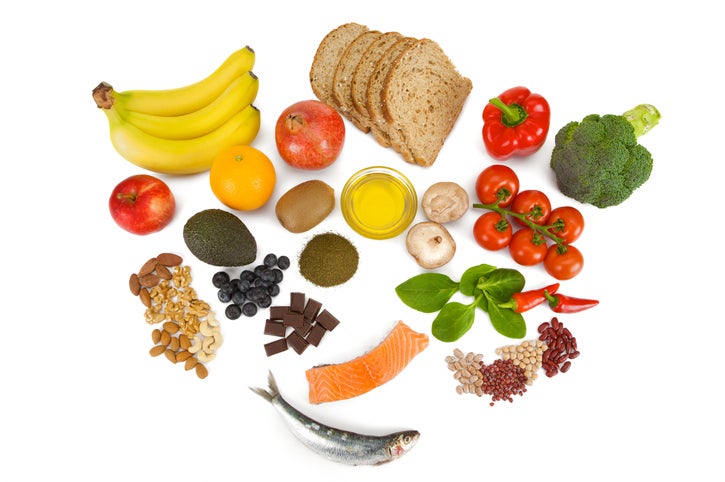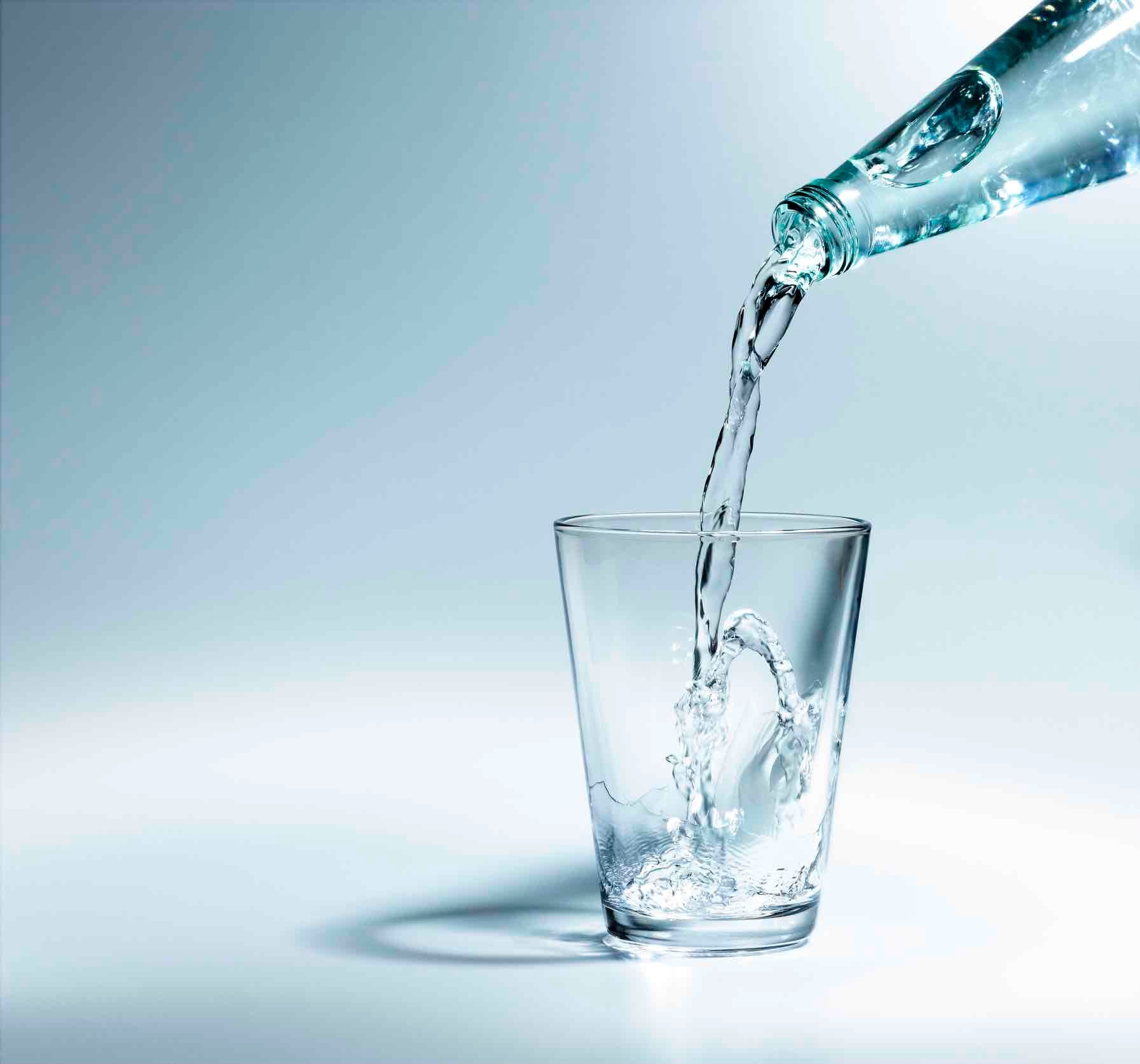
Eating well on the golf course is one of the most underrated ways to improve your score.
Getty Images
Welcome to Play Smart, a new game-improvement column that drops every Monday, Wednesday, and Friday from Director of Game Improvement content Luke Kerr-Dineen to help you play smarter, better golf.
It was about this time last year when I decided to lose some weight. There was no real reality check moment for me; rather, it was a slow burn. More and more people seemingly all at once started referring to me as “big guy” — “hey, big guy!” — which caught me off guard. And then there were the times when I felt generally uncomfortable in my own body, which were growing more and more frequent. It was most notable when I was swinging a golf club. It was like I wasn’t — or maybe couldn’t — move as nimbly as I needed to.
So I shook things up. On the left I clocked-in at just north of 211; in the picture of me from two weeks ago on the right, I’m maintaining my goal weight of about 163.

The process of losing weight is actually very simple. You eat less of some things and more of others. You can read about all the stuff I learned right here, but ultimately it’s about the choices you make and your ability to stay disciplined. My favorite Bojack Horseman quote of all time pretty much sums it up:
“Every day it gets a little easier, but you gotta’ do it every day, that’s the hard part.”
Something that was indispensably important to me throughout it all was WW, formerly Weight Watchers. I use the app to track my food and genuinely love it, because the system isn’t about counting calories or telling you what you can’t eat, but rather helping you manage what you do.

And so, to glean some advice along those lines for all us day-in, day-out golfers out there, I called up WW’s Head of nutrition & wellness Jaclyn London, MS, RD, CDN, who shared a host of helpful tips for golfers about the kinds of foods they should eat on the course, whether they want to lose weight or not.
1. Drink your coffee guilt-free
I’ve often wondered whether drinking coffee is conducive to a sport like golf, where the rounds are long and the movements often require a calm, precise touch. But far from not being detrimental to your game, London says coffee can be a good for golfers, consumed at the right time and in the right dosage.
“A pre-round cup of coffee is a great way to up your energy level. It can contribute to your hydration goals and help you stay alert during your round,” London says, who points to the Dietary Guidelines for Americans of up to 400 mg of caffeine daily, and recommends finishing your coffee up to an hour before your round.
“Changing your coffee order to a 16 ounce latte, with low fat and skim milk, can also provide up to 16 grams of protein which will help you sustain that energy.”

2. Eat breakfast
You don’t have to eat breakfast, London says, but she recommends it. Not just because it’s an easy way to up your energy levels, but because it’s a healthy habit: Skipping breakfast means your hunger will come back to haunt you later, and as the desperation to get something in your stomach mounts, you’re more likely to gorge on anything you can find.
The key, London says, is to use food as fuel to maintain a nice, steady energy level throughout your entire round.
“Establishing a pattern right off the bat of not skipping meals in the a.m. sets you up to make better choices all day — even if you’re not ravenous when you wake up,” London says. “Eating within 30 min. to one hour after waking up can help you get the day started and can provide you with some much-needed fuel in the tank.”
3. Don’t go crazy on carbs
Complex carbohydrates aren’t bad, despite what you may have heard, but it’s important to understand what they do best. In short: Carbs provide quick, intense jolts of energy. That can be extremely helpful for golfers, London says, as long as they stick to a 2-to-1 protein-to-carbs ratio.
“The glucose from the carbs gets into your bloodstream really fast,” London said. “You need the combination of carbs and protein, making sure that you maintain energy and feel satisfied throughout your round.”

4. Look for high-protein snacks
Snacking throughout your round is another healthy habit recreational golfers should take on board. And when they do, it’s important they look for higher-protein snacks that will provide some sustenance and steady energy.
“Dried cheese snacks like dried parmesan, a piece of fruit or a pack of dried unsweetened fruit; a pack of nuts or nut butters, are all great options,” London says. “You’re looking for mini-meals with protein, fiber, and healthy fats.”
5. Hydrate!
Drinking enough water on the golf course, especially during the hot days, is perhaps the single most important thing you can do. The benefits are almost innumerable: It improves your focus, maintains your energy levels, and aids in digestion, among many other things. And when you’re playing golf, you tend to lose water more quickly, so you need to replenish consistently.
“Hydration helps with just about everything,” London says. “It changes depending on your climate, but I use eight-to-10 glasses per day as a starting point for an active person.”

6. Remember the three Ts
There’ll be days when you fall off the wagon. You’ll stick around after your round, share a few beers and share a plate of something. It’s inevitable, and when it does happen, it’s important to dwell on it. Move on and get back to your consistent routine, based around what London calls the three “Ts”
The type of food you’re eating
The timing of when you’re eating your food
The tools you’re using to manage it.
“I often say progress is better than perfection,” London says. “Practice making good choices so the the next time you’re coming into those type of situations, you’re not ravenous, but coming in from a hydrated, satisfied place where you don’t have as much desire to eat all the cheese fries.”
Latest In Instruction
"eat" - Google News
October 30, 2020 at 10:51PM
https://ift.tt/363TznR
The smart golfer’s guide to eating on the course, according to a nutrition expert - Golf.com
"eat" - Google News
https://ift.tt/33WjFpI
https://ift.tt/2VWmZ3q
Bagikan Berita Ini
















0 Response to "The smart golfer’s guide to eating on the course, according to a nutrition expert - Golf.com"
Post a Comment